The Dental Services Organization Market is characterized by a dynamic competitive landscape, driven by factors such as increasing demand for dental care, technological advancements, and a growing emphasis on patient-centric services. Major players like Heartland Dental (US), Aspen Dental (US), and Pacific Dental Services (US) are strategically positioned to leverage these trends. Heartland Dental (US) focuses on expanding its network through acquisitions, enhancing its operational footprint across the United States. Meanwhile, Aspen Dental (US) emphasizes innovation in patient experience, integrating digital tools to streamline appointment scheduling and patient management. Pacific Dental Services (US) adopts a model that combines clinical excellence with operational support, allowing dental practices to thrive while maintaining high standards of care. Collectively, these strategies contribute to a competitive environment that is increasingly focused on quality, accessibility, and technological integration.
The market structure appears moderately fragmented, with numerous players vying for market share. Key business tactics include localizing services to meet regional demands and optimizing supply chains to enhance efficiency. The influence of major players is significant, as they set benchmarks for service quality and operational standards, thereby shaping the competitive dynamics of the market. This fragmentation allows for niche players to emerge, yet the dominance of larger organizations often dictates market trends and consumer expectations.
In August 2025, Heartland Dental (US) announced a strategic partnership with a leading telehealth provider to enhance remote consultation services. This move is likely to bolster their service offerings, making dental care more accessible to patients who may face barriers to in-person visits. By integrating telehealth solutions, Heartland Dental (US) positions itself at the forefront of a growing trend towards digital health services, potentially increasing patient engagement and satisfaction.
In September 2025, Aspen Dental (US) launched a new initiative aimed at expanding its footprint in underserved areas by opening several new locations. This strategic expansion not only addresses the growing demand for dental services in these regions but also aligns with their mission to provide accessible care. By focusing on underserved markets, Aspen Dental (US) may enhance its brand reputation while capturing a larger share of the market.
In July 2025, Pacific Dental Services (US) implemented an advanced AI-driven patient management system designed to optimize scheduling and reduce wait times. This technological advancement is indicative of a broader trend within the industry, where efficiency and patient experience are paramount. By adopting AI solutions, Pacific Dental Services (US) demonstrates a commitment to innovation, which could lead to improved operational performance and patient satisfaction.
As of October 2025, the competitive trends within the Dental Services Organization Market are increasingly defined by digitalization, sustainability, and the integration of artificial intelligence. Strategic alliances are becoming more prevalent, as companies seek to enhance their service offerings and operational capabilities. Looking ahead, competitive differentiation is likely to evolve from traditional price-based competition to a focus on innovation, technology adoption, and supply chain reliability. This shift suggests that organizations that prioritize these elements will be better positioned to thrive in an increasingly complex market.


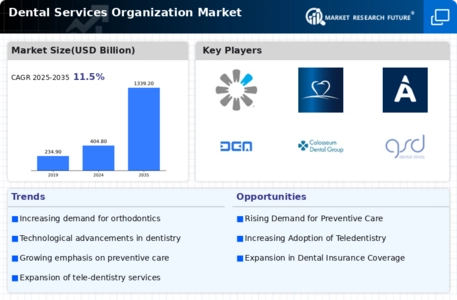
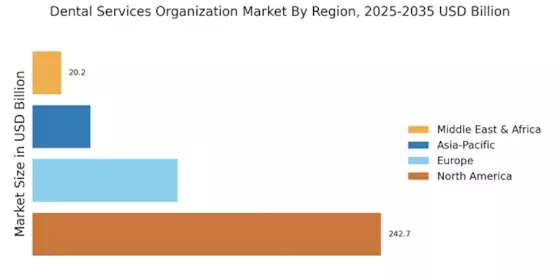

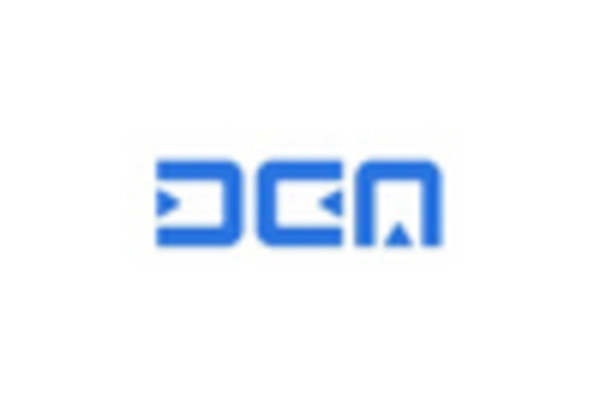
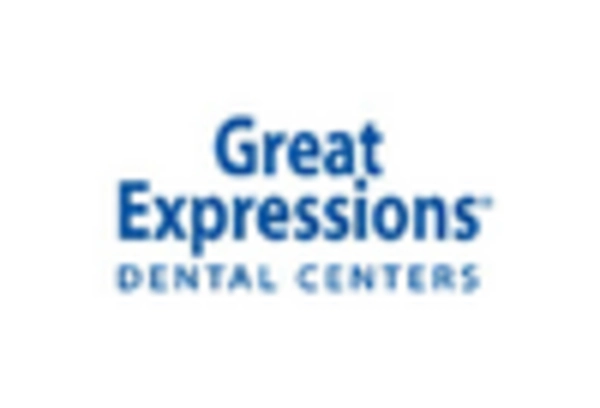


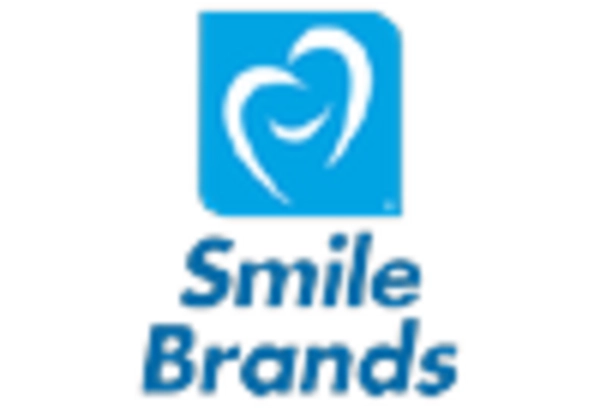








Leave a Comment